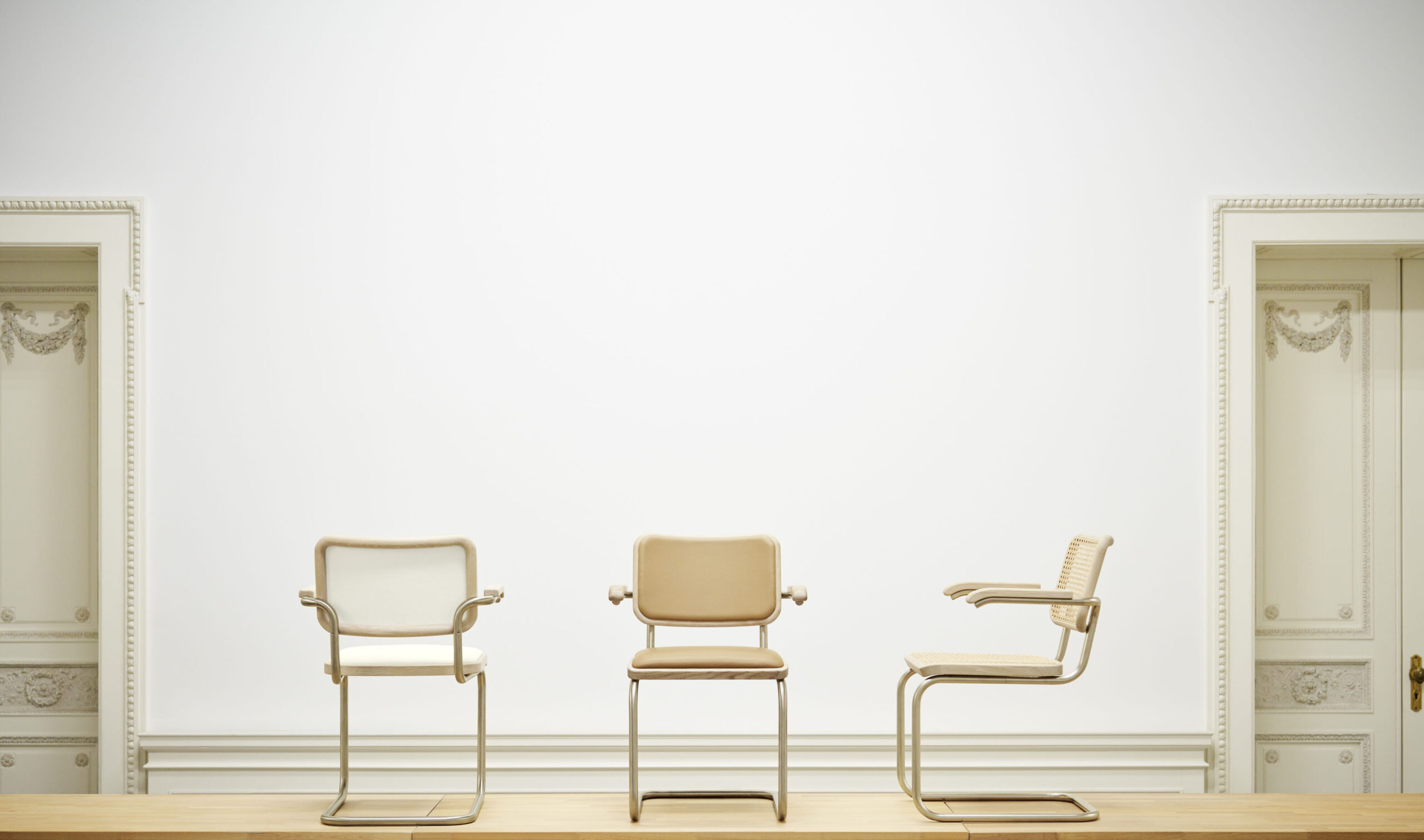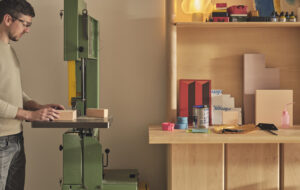 An eye-catching facade mixes colour and transparency|||
An eye-catching facade mixes colour and transparency|||
Albion Library is one of Toronto’s busiest public libraries, a suburban facility located alongside a traffic-heavy highway in the Canadian city’s Rexdale neighbourhood. As well as lending books, the building acts as a community hub – offering countless essential services to the highly diverse population of what the City of Toronto has recognised as a Neighbourhood Improvement Area (NIA).
Perkins+Will has now given the space a completely new burst of life on behalf of Toronto Public Library (TPL) to ensure that it caters to its community more effectively. The existing space “struggled to meet the needs of its patrons, many of whom are new immigrants to Canada requiring services such as adult literacy, newcomer orientation, English as a second language and basic employment and technology skills,” explains Andrew Frontini, the practice’s Ontario design director.
 Trees were planted and gardens cultivated around the building
Trees were planted and gardens cultivated around the building
TPL’s brief called for a highly tailored response and Perkins+Will’s design was largely founded on public consultations. The architect dramatically altered its original proposal – creating a new facility on the library car park instead of closing down and renovating the existing building – once it became clear that closing the library for two years would leave its users without “a safe and neutral space” to share.
“The design concept evolved so that, upon demolition, the vacated site could provide space for a multi-use community plaza that would accommodate cultural events, concerts and markets as well as provide service and delivery access and a modest amount of surface parking,” says Frontini. This space is even equipped with water and power for maximum flexibility.
 Natural light is at the heart of the building, even in Canadian winter
Natural light is at the heart of the building, even in Canadian winter
Perkins+Will took full advantage of the new build: a dynamic facade reflects the variety of people and activities housed in the library and the playful privacy veil injects colour into the street. The site’s perimeter has also been defined by a screen of polychrome terracotta tiles, an uplifting contrast with the asphalt that surrounds the space.
Frontini explains the practice’s approach: “The library’s facade was designed to express a spirit of joy and diversity – capturing the colour and texture of a garden in bloom. Designed as the colourful perimeter fence to an enclosed garden, the facade lifts up at its corners to showcase the building entry and key programme areas.”
Inside, the library features a range of areas that serve the community and have been designed to provide social, cultural and employment services. The architect divided the space into a series of zones using an inclusive open plan, which accommodates open, cellular and private spaces to encourage collaboration and creativity.
 Wooden cladding on the walls adds to the natural theme
Wooden cladding on the walls adds to the natural theme
Perhaps the most important of these is Urban Living Room, a flexible area that “functions as a lofty reading hall on a daily basis and can be easily converted to a signature event space for concerts and readings” – thanks to mobile furnishings such as bookshelves on wheels and movable glass partitions.
Two innovation centres within the building give users access to digital media, robotics training and 3D fabrication skills and technology. “Through these spaces, patrons of all ages can not only develop their skills for a modern workplace, but also contribute to a growing community based collection [of their work],” says Frontini.
 Inner courtyards bring greenery right into the building
Inner courtyards bring greenery right into the building
Expansive windows offer pedestrians views inside to the library and the interior architecture encourages users to move through the space, making full use of the facilities. Each zone is visibly accessible and connects to the library’s circulation hub; activity zones are identified with low visual barriers, while glass walls separate the meeting rooms.
“Transparency and openness are essential to the spirit and functionality of Albion Library,” Frontini tells me. “From the main service desk, staff can look out across the entire floor plan and have a sense of what is going on – allowing the space to be safe and well served. The courtyards and individual programme rooms feature extensive glazing which allows sightlines to pass through spaces.”
This transparency means that “even in the long and colourless Canadian winter” natural light permeates every inch of the library. Bringing light and greenery into the space, introducing a biophilic approach, was so important that the architect added three interior courtyards into the plan, drawing nature and natural light into the building. “These inner gardens came out of an overall concept of the building as an urban refuge,” says Frontini. “A sanctuary where learning, community and identity can be nurtured like plants in a garden.”
 A sense of openness extends to glass-walled meeting rooms
A sense of openness extends to glass-walled meeting rooms
Bright colours and geometric shapes give a sense of informality and fun in the green space. Trees have been planted to surround the site, growing into a walkable amenity space, and the courtyards provide views into the green spaces, while respecting the privacy of residential neighbours.
“The central metaphor for the library design is that of a walled garden,” says Frontini, summing up Perkins+Will’s thoughtful approach. “In a neighbourhood where natural and manmade beauty are in short supply, the library design presents a symbol of hope through the variety and texture of nature.”
A library in a Toronto suburb has been transformed into a colourful and inclusive community hub by Perkins+Will






















